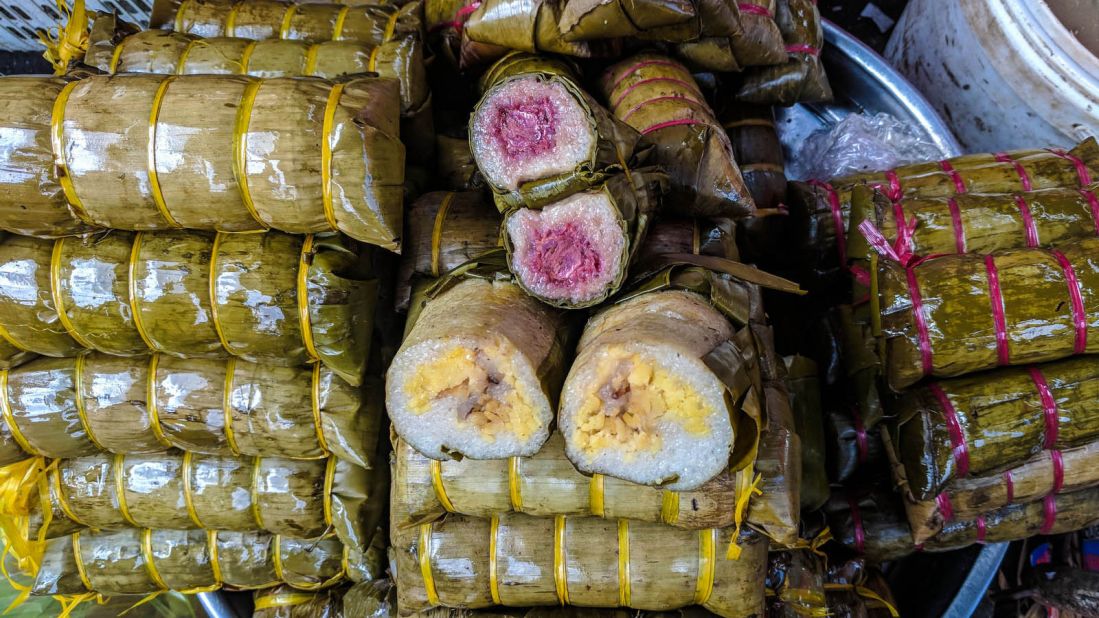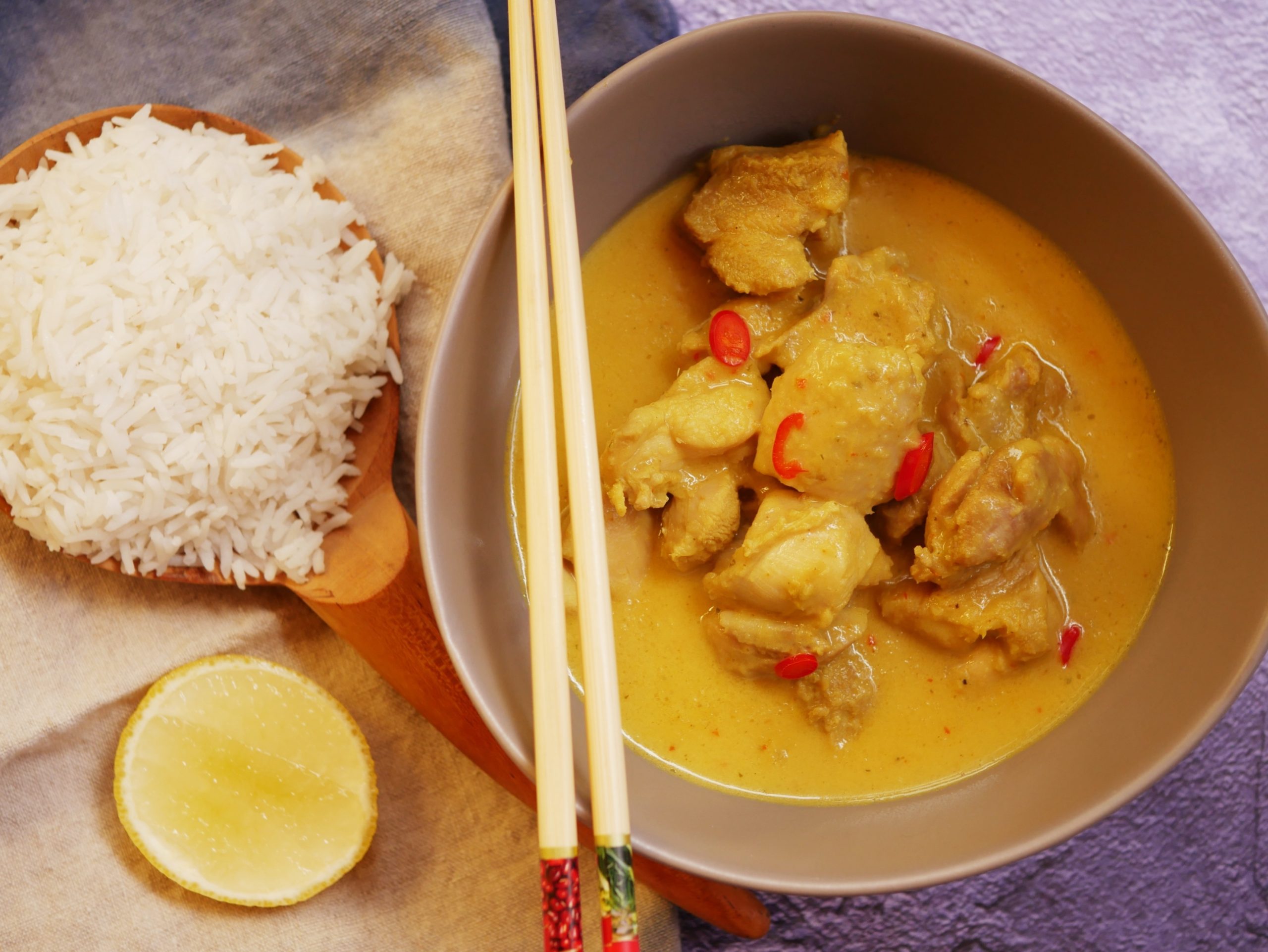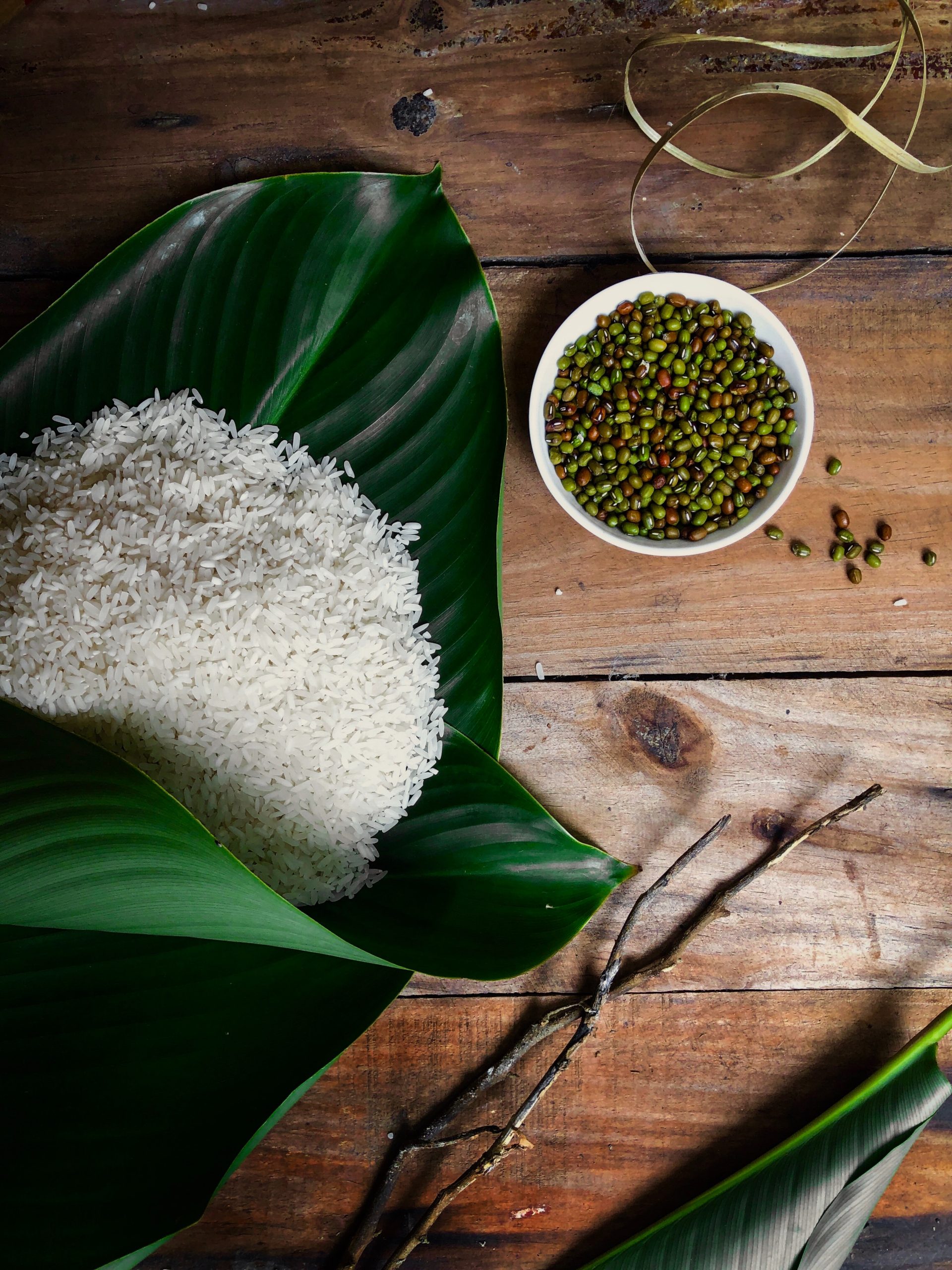The Delicate Art of Khmer Cuisine and Amok Curry: A Culinary Journey
When one thinks of Southeast Asian cuisine, the flavors of Thailand, Vietnam, and Malaysia often steal the spotlight. However, Cambodia, a country steeped in rich history and culture, boasts a culinary tradition equally worthy of exploration. Khmer cuisine and amok curry, the culinary heritage of Cambodia, is a hidden gem waiting to be uncovered by adventurous food enthusiasts. In this article, Green Sun Travel will take you on a comprehensive exploration of Khmer cuisine with a special focus on one of its crowning achievements, Amok Curry.
The Roots of Khmer cuisine and amok curry
To truly appreciate the unique charm of Khmer cuisine and Amok Curry, one must delve into its historical and geographical underpinnings. Cambodia’s culinary tradition is a tapestry woven from the threads of its history and its neighbors, offering a fascinating blend of influences that culminate in a distinctive character.
Historical Influences:
The culinary history of Cambodia has been profoundly shaped by the nation’s past, which includes periods of the Khmer Empire’s grandeur and later colonization by the French. The empire’s once far-reaching influence extended into present-day Thailand, Vietnam, and Laos, resulting in the cross-pollination of culinary elements. These historical interactions have left their mark on Khmer cuisine, contributing to its uniqueness.
Geographical Significance:
Cambodia’s geographical location plays a pivotal role in its culinary evolution. Sharing borders with Thailand, Vietnam, and Laos, Cambodia’s cuisine naturally bears the marks of these regional neighbors. However, what sets Khmer cuisine apart is its ability to create a flavor symphony that is uniquely its own.
Key Ingredients and Flavor Profiles:

Khmer cuisine owes much of its distinctive character to the creative use of locally-sourced ingredients and a meticulous balance of flavors. The choice of ingredients, guided by the availability of resources in the region, forms the foundation of this remarkable culinary tradition.
Aromatic Herbs and Spices:
Khmer cuisine and amok curry is a treasure trove of aromatic herbs and spices, each playing a crucial role in elevating its dishes. Lemongrass, with its citrusy notes, adds a refreshing zing to many preparations. Galangal, a relative of ginger, imparts a unique and subtly spicy flavor. Kaffir lime leaves offer a distinctive citrus aroma, while turmeric infuses dishes with its warm, earthy tones. These ingredients are the paint on the palette of Khmer chefs, allowing them to create dishes that are both flavorful and visually appealing.
Nuanced and Balanced Tastes
Khmer cuisine and amok curry stands in stark contrast to some of its neighboring culinary traditions, particularly in its approach to spiciness. While Thai and Vietnamese cuisines may often feature intense heat and bold flavors, Khmer cuisine opts for a more nuanced and balanced approach. The delicate interplay of flavors, where each element complements the others without overpowering, is the hallmark of Khmer dishes. The art of Khmer cooking lies in achieving the perfect equilibrium of sweet, sour, salty, and bitter, resulting in dishes that are harmonious and beautifully composed.
In essence, Khmer cuisine’s roots and key ingredients form a remarkable culinary mosaic. It’s a cuisine that reflects a rich history, celebrates the abundance of locally-sourced elements, and crafts a symphony of flavors that is both uniquely Cambodian and universally enchanting. This culinary tradition not only provides a taste of Cambodia’s history but also stands as a testament to the artistry of achieving balance in flavors.
Exploring the Culinary Gem: Amok Curry

At the heart of Khmer cuisine lies an exceptional culinary creation that exemplifies the subtlety and artistry of Cambodian cooking – Amok Curry. More than just a dish, Amok is a cultural tradition passed down through generations, an embodiment of Cambodia’s rich culinary heritage.
Ingredients and Variations:
Amok Curry is traditionally prepared with tender pieces of fish, often sourced from Cambodia’s abundant freshwater resources. However, its adaptability extends to various protein options, with chicken, shrimp, and even tofu occasionally replacing fish. This flexibility reflects the diversity of Cambodian cuisine, catering to a range of palates and dietary preferences.
The Unique Preparation and Presentation:
What truly sets Amok apart is not just its ingredients but the meticulous way it’s prepared and presented. The delicate dance of flavors in Amok begins with a blend of ingredients like coconut milk, lemongrass, turmeric, and other aromatic elements. What’s exceptional is the manner in which these components are embraced by a banana leaf, creating a self-contained vessel for steaming. The gentle steam bath allows the flavors to meld together harmoniously, rendering a curry that is distinctively Khmer.
A Symphony of Flavors:
The final presentation of Amok Curry is nothing short of artistry. As the banana leaf package is carefully unwrapped, diners are greeted with a symphony of flavors. The creaminess of coconut milk, the aromatic notes of lemongrass, and the earthy warmth of turmeric combine to create a beautifully balanced flavor profile. Often, Amok is garnished with kaffir lime leaves, adding a citrusy aroma, or red chilies, which contribute both visually and in terms of heat. The result is a sensory experience that transcends the palate – a celebration of culinary excellence and cultural expression.
Cultural Significance:
Amok Curry transcends its role as a mere dish; it serves as a symbol of Cambodia’s rich culinary heritage and cultural identity. It reflects the delicate art of Khmer cuisine, emphasizing the principles of balance, subtlety, and the perfection of flavor harmonization. In every spoonful of Amok, there’s a story of Cambodia’s history, traditions, and the passion of its people for their culinary legacy.
The Amok Curry Experience:
To truly appreciate Amok Curry, one must embark on a sensory journey to savor it. Whether you find yourself indulging in this delectable dish at a local market, a bustling street food stall, or a traditional restaurant in Cambodia, each experience offers a unique twist on the classic recipe. The local touches, variations in spice levels, and personal interpretations of this iconic dish guarantee an unforgettable and immersive experience.
In essence, Amok Curry is more than just a culinary delight – it’s a cultural ambassador, a tribute to the art of blending flavors, and an embodiment of the rich tapestry of Khmer cuisine. To taste Amok Curry is to taste a piece of Cambodia’s history and to celebrate the craft of culinary perfection.
Conclusion
In our journey through Khmer cuisine and Amok Curry, we’ve unearthed a treasure trove of flavors and traditions. Cambodia’s culinary heritage, often overshadowed by its regional neighbors, stands as a testament to the art of balancing flavors and preserving cultural identity through food. Amok Curry, with its elegance and intricacy, is a culinary masterpiece that encapsulates the essence of Khmer cuisine.
So, the next time you find yourself in Cambodia or at a Khmer restaurant, make sure to embark on a culinary adventure and experience the delights of Amok Curry. It’s a journey of flavors, history, and culture that you won’t want to miss, and one that will leave you with a deep appreciation for the hidden treasures of Khmer cuisine.







